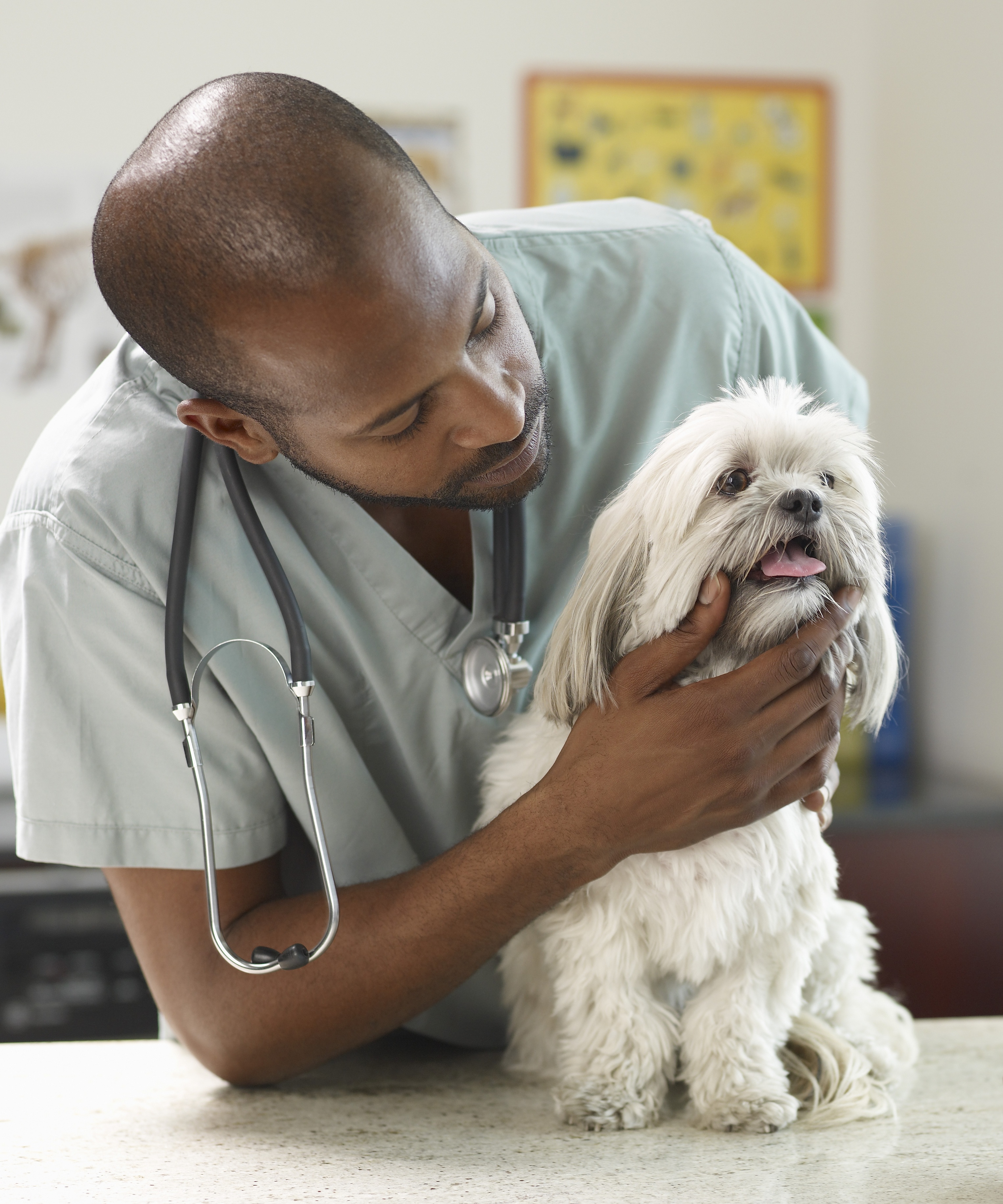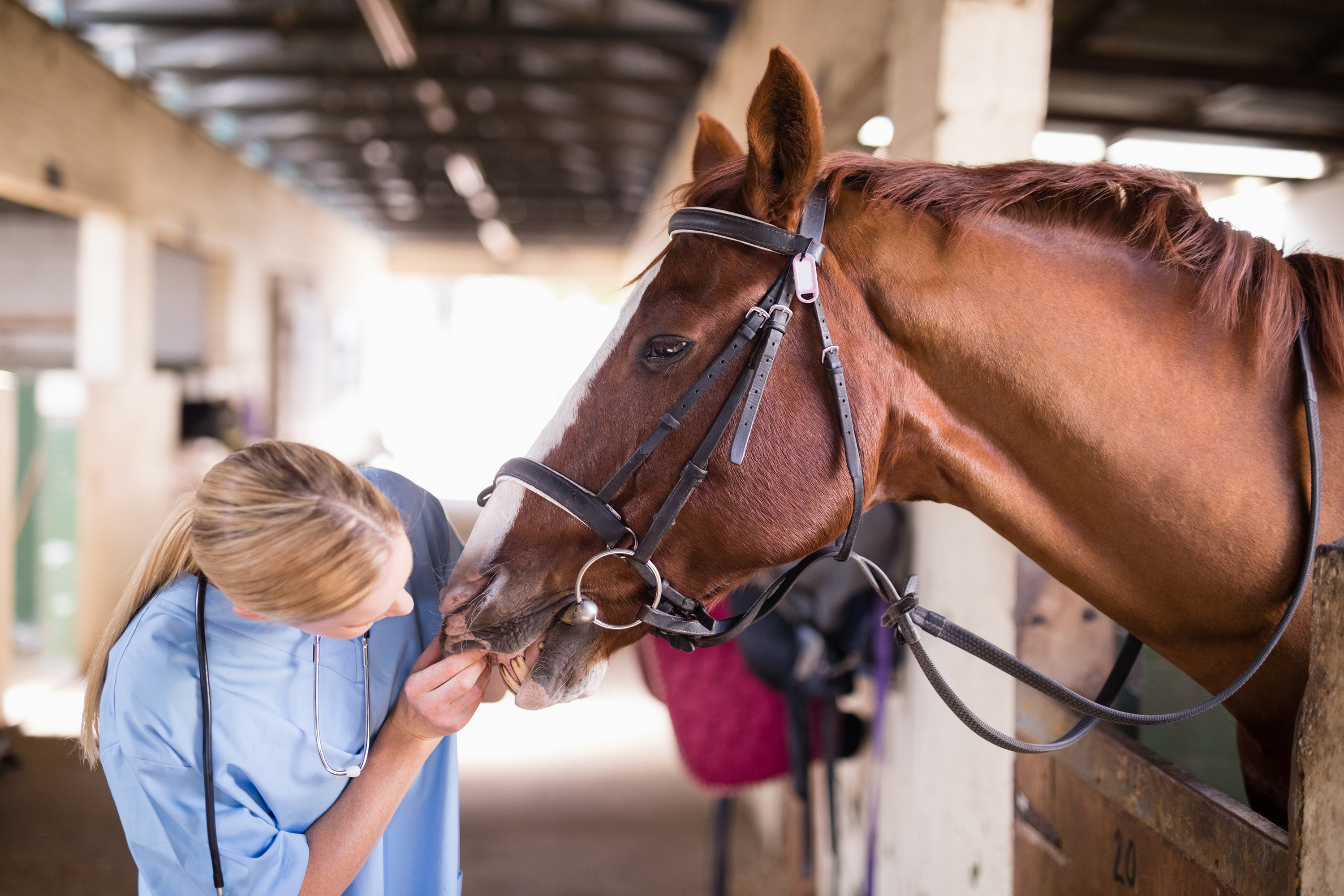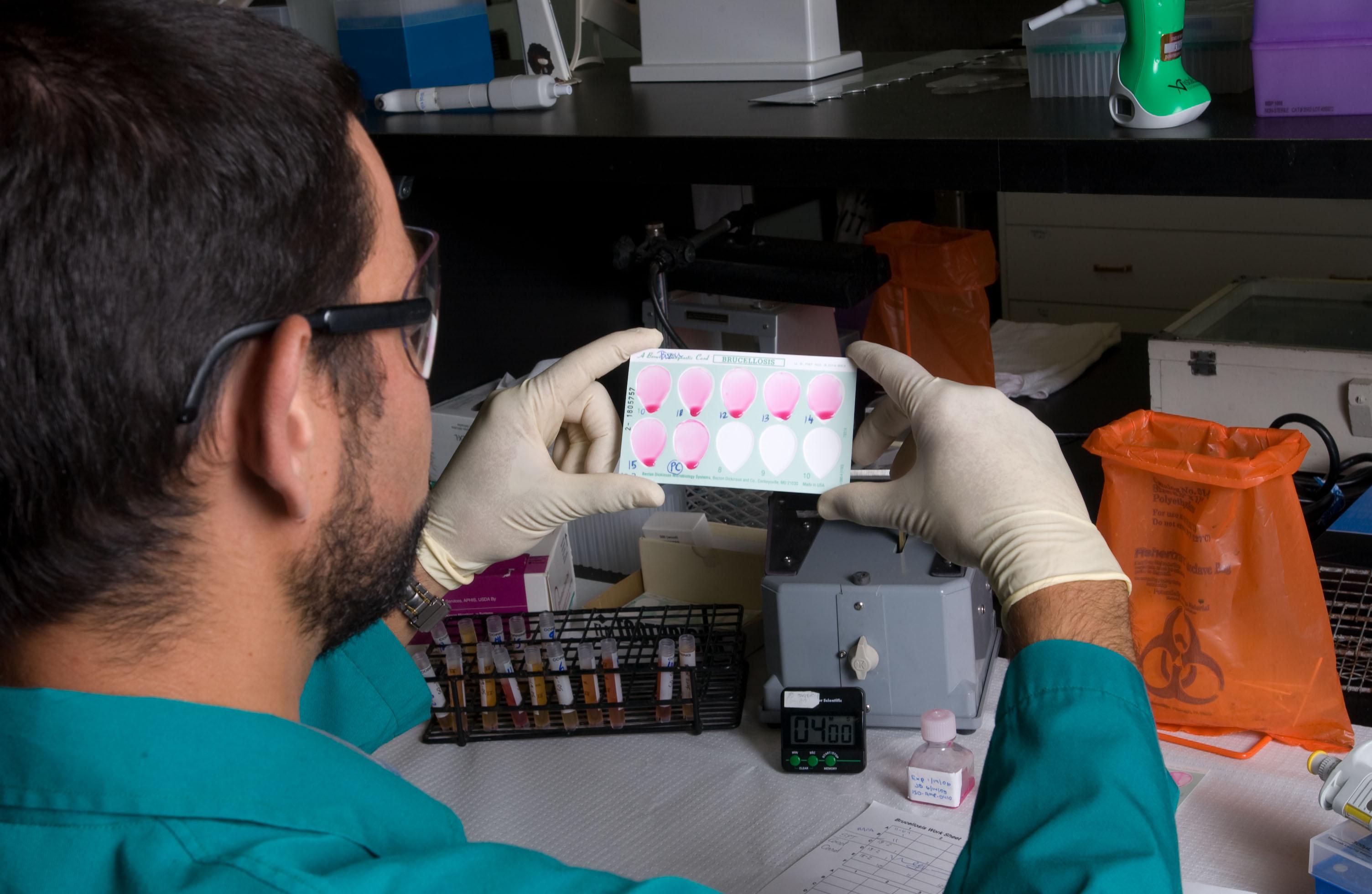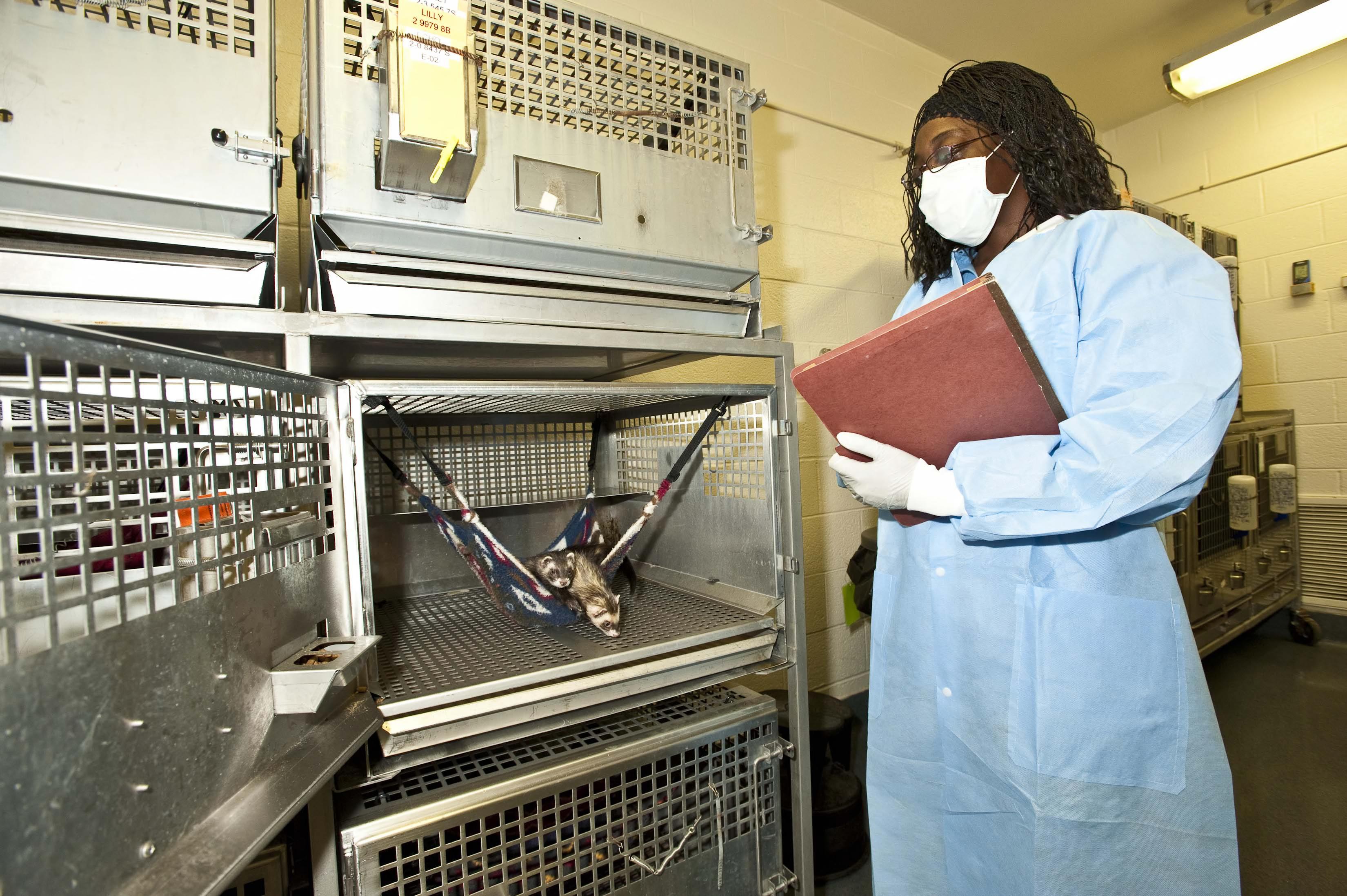Veterinary medicine is the branch of medicine that deals with the diseases of animals. Doctors who treat animals are called veterinarians. Veterinarians are trained to prevent, diagnose, and treat illness in large and small animals. Veterinarians help relieve pain and suffering in pets and other animals. Their work is also valuable because many animal diseases can be transmitted to human beings. Such diseases are called zoonoses. They include anthrax, brucellosis, plague, psittacosis (parrot fever), Q-fever, rabies, tuberculosis, and tularemia (rabbit fever).
In cities,
most veterinarians care for dogs, cats, and other pets to keep them in good health. Veterinarians in cities primarily work in animal hospitals. These hospitals contain equipment much like that used in hospitals for human beings. There, animals may be cared for during illnesses. Surgery may be performed to treat an illness or injury.

An important part of a veterinarian’s duties is the control of rabies. Proper vaccination of dogs, cats, and ferrets against rabies helps prevent this deadly disease. Veterinarians also vaccinate pets against distemper and other diseases. See Distemper.
Veterinarians also are associated with the public health services of cities, states, and the federal government. These doctors investigate outbreaks of human and animal diseases such as food-borne diseases, influenza, Lyme disease, rabies, and West Nile virus. They may also work in laboratories testing milk or other dairy products. Some veterinarians prepare serums and vaccines. Others conduct research. Veterinarians working in environmental health study the effects of pesticides and pollution on animals and people.
On farms and ranches,
veterinarians are concerned chiefly with the care and treatment of livestock. Veterinarians help keep farm animals in good health. They work to prevent outbreaks of animal diseases. Epidemics of animal diseases, or epizootics, may be dangerous, not only to the animals, but also to human beings. Vaccines have made it possible to protect farm animals against many diseases.

Veterinarians have played an important role in controlling bovine tuberculosis. This disease is a form of tuberculosis that can be passed from cows to human beings. In 1917, the federal government began a program to wipe out this disease. A cooperative plan set up by the federal and state governments allows veterinarians to test dairy cattle for tuberculosis. Another project works to control and eradicate bovine brucellosis. This disease also can be transferred from cattle to human beings. Brucellosis and tuberculosis have been nearly eliminated from cattle in the United States (see Brucellosis).

Careers in veterinary medicine.
People who want to become veterinarians must have at least two years of preveterinary college work. That schooling is followed by four years of study in a college of veterinary medicine. In veterinary school, students study such subjects as anatomy, physiology, microbiology, pathology, and surgery.
The American Veterinary Medical Association accredits colleges of veterinary medicine in the United States. It also accredits veterinary colleges in Australia, Canada, Ireland, New Zealand, and the United Kingdom. Many of those countries also have their own accrediting bodies. They include the Canadian Veterinary Medical Association in Canada and the Royal College of Veterinary Surgeons in the United Kingdom. Veterinary schools offer courses of study that lead to the Doctor of Veterinary Medicine (D.V.M. or V.M.D.) or equivalent degree. After earning a degree, the graduate must comply with the license regulations where he or she plans to practice.
After receiving a license, a veterinarian may go into private or institutional clinical practice. Veterinarians may also be employed in government service, including the military. A veterinarian interested in research may want to work at the U.S. Department of Health and Human Services or the U.S. Department of Agriculture. Research positions are also available at agricultural experiment stations, colleges, and private companies. Some veterinarians teach at colleges of veterinary or human medicine. Others work in commercial laboratories. Still other career opportunities include working at animal shelters, race tracks, zoos, aquariums, or wildlife refuges. Veterinarians also serve in programs sponsored by such agencies as the U.S. Peace Corps and the World Health Organization (WHO). 
The American Veterinary Medical Association works to maintain the professional standards of veterinary medicine. Headquarters are in Schaumburg, Illinois.
